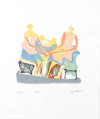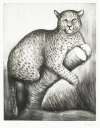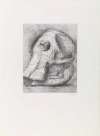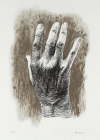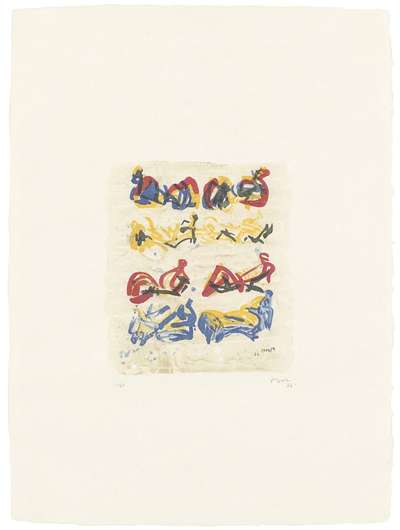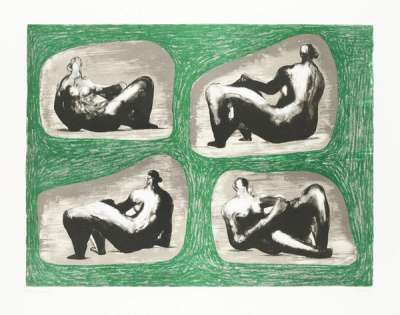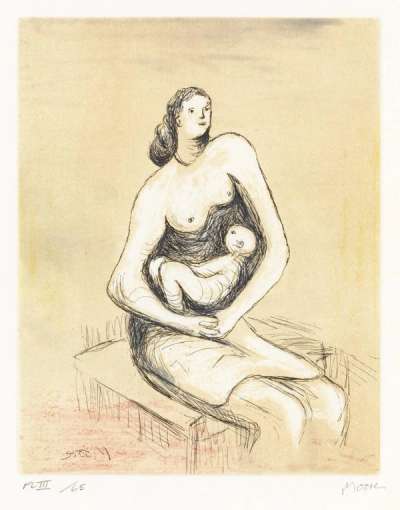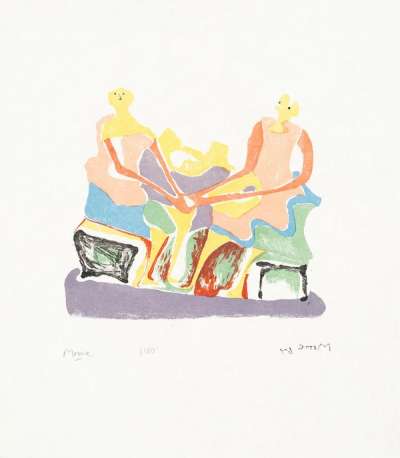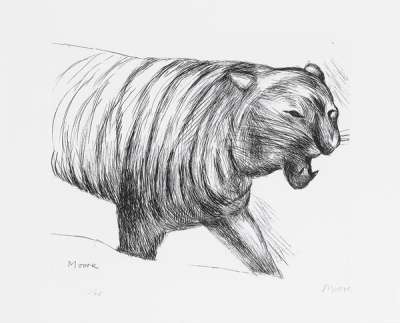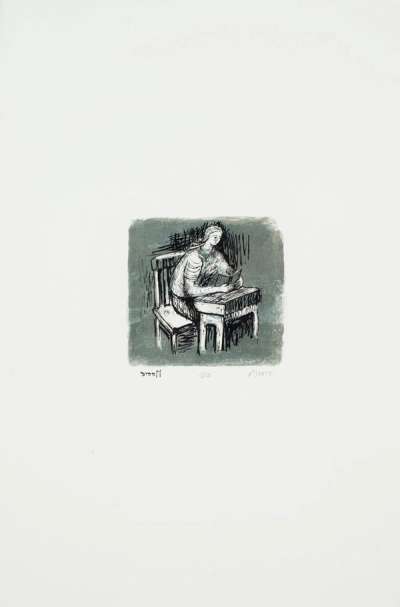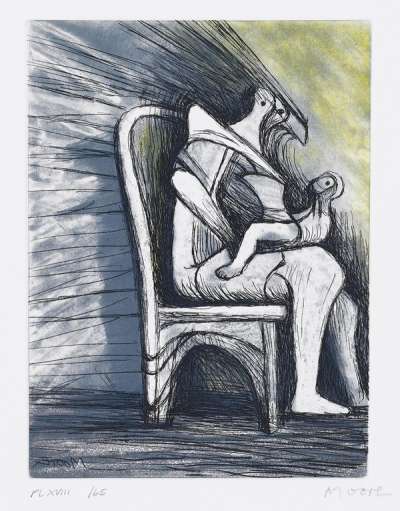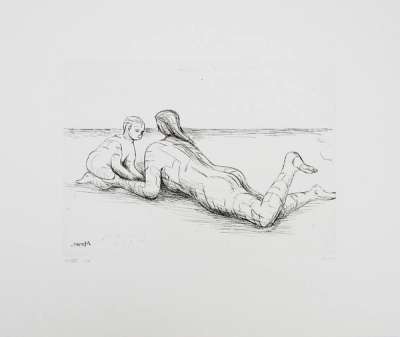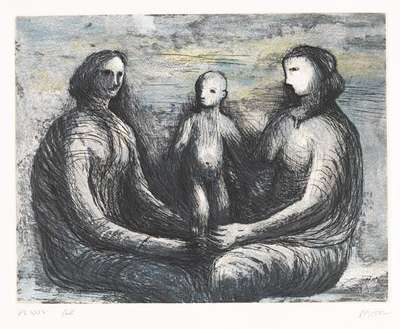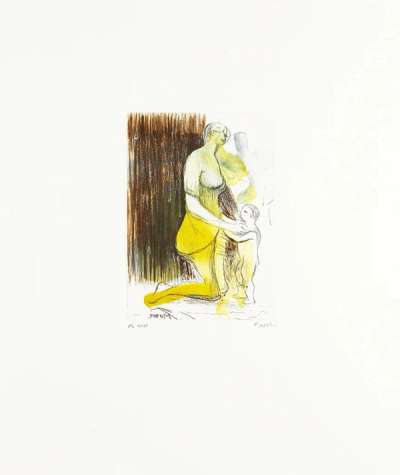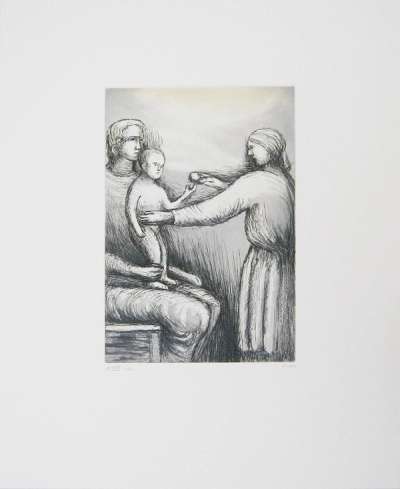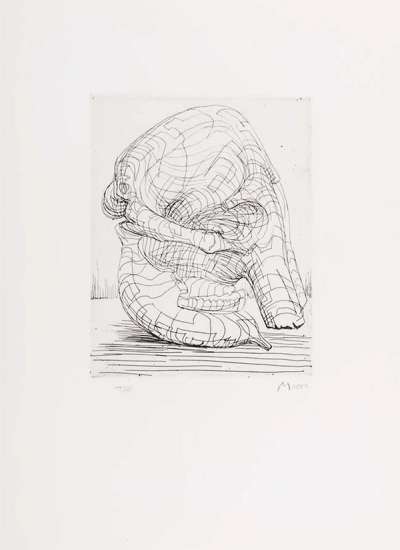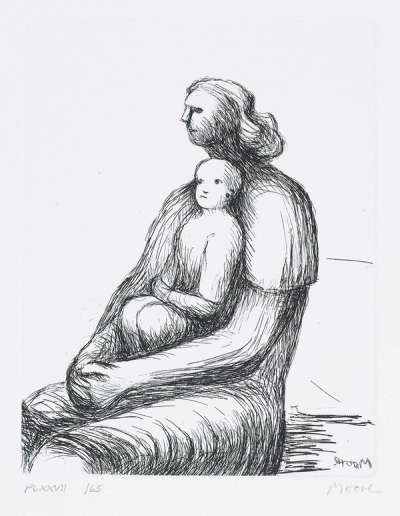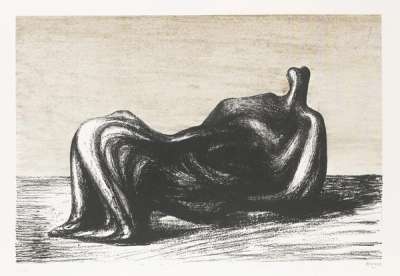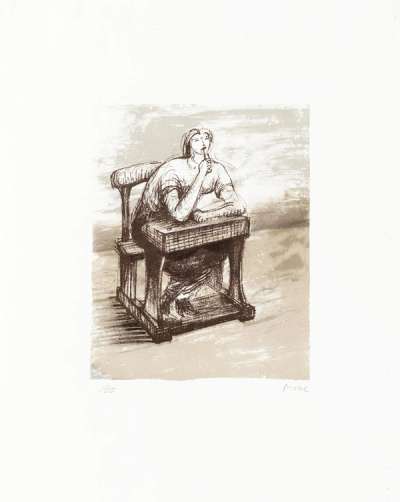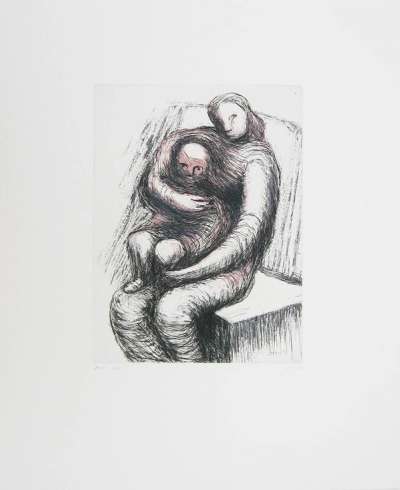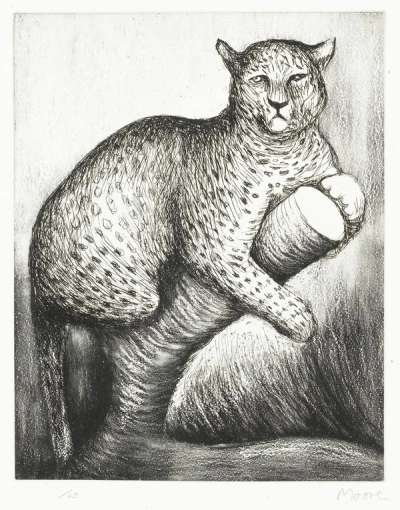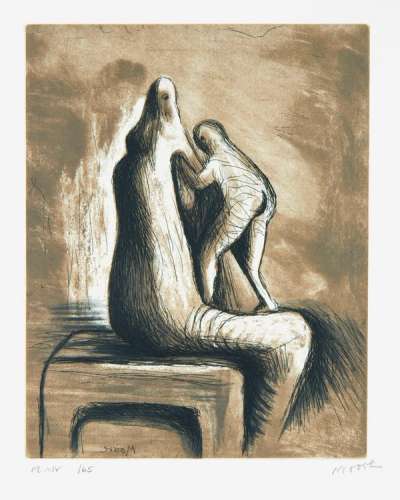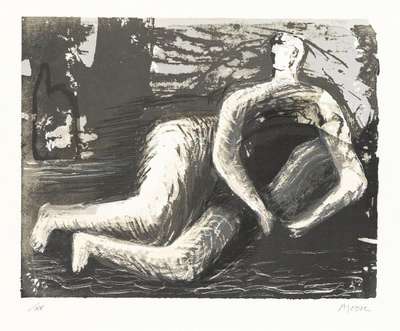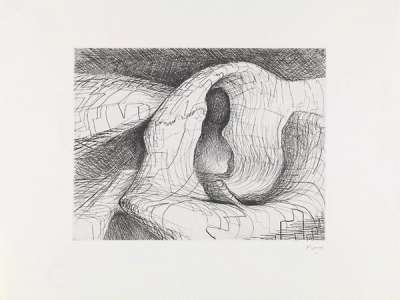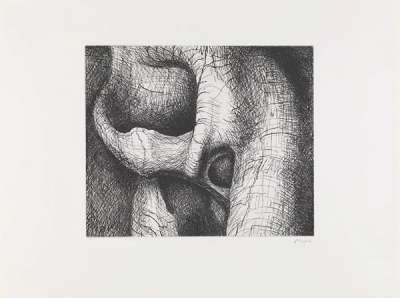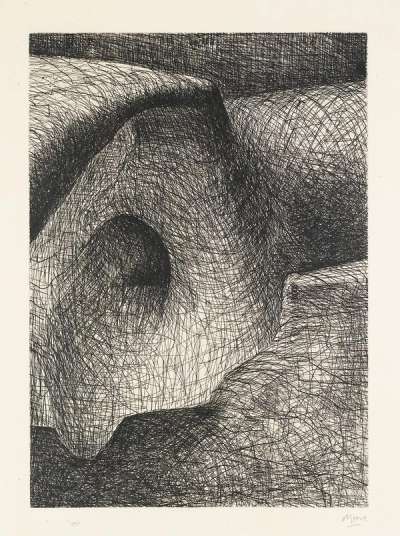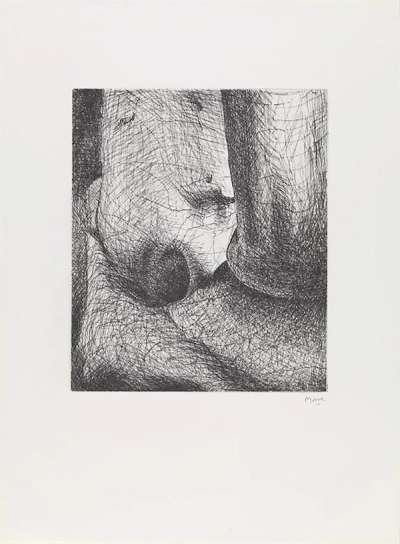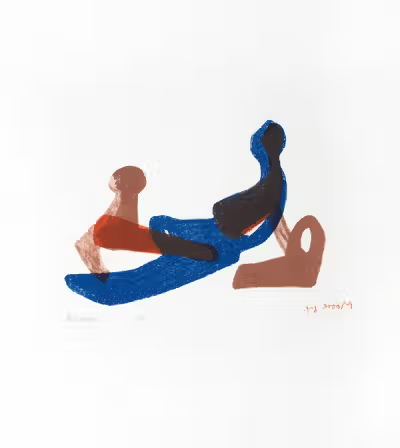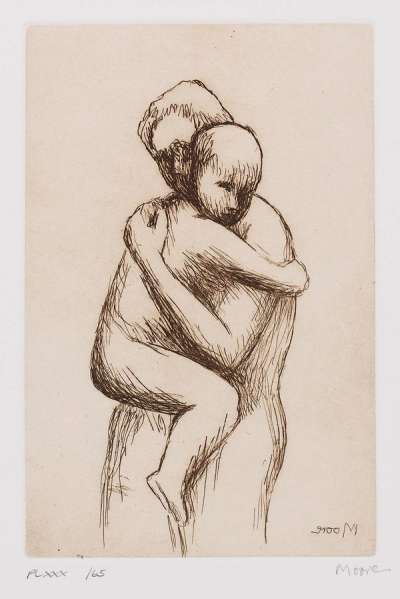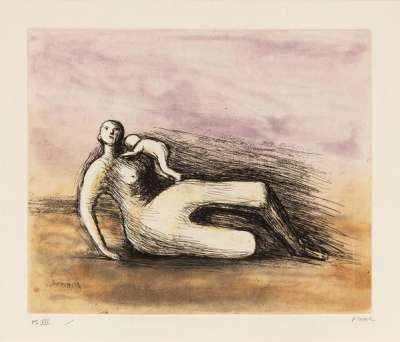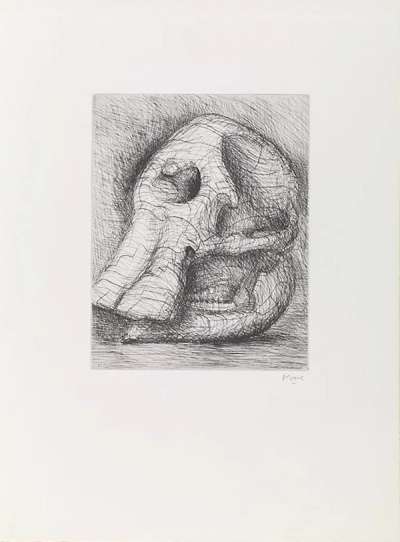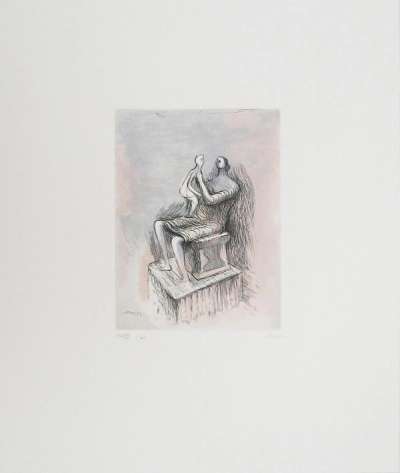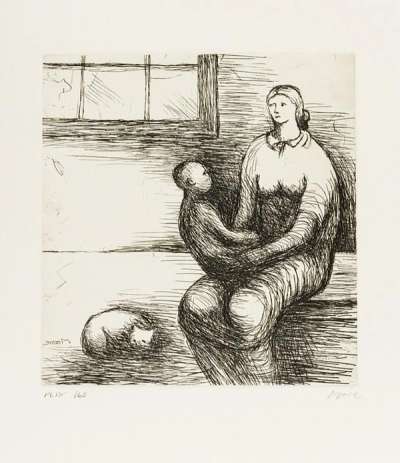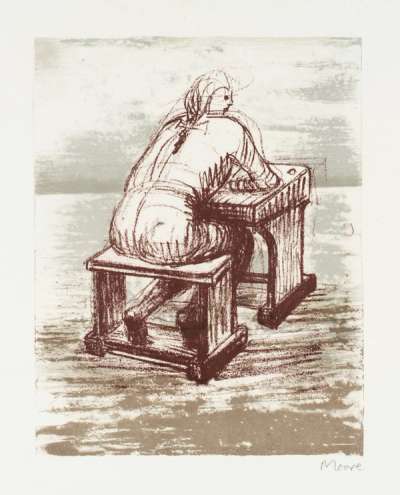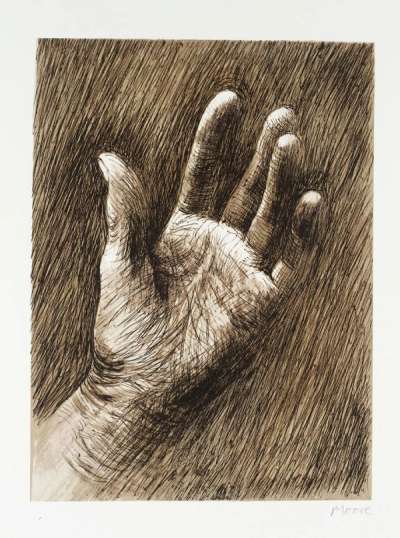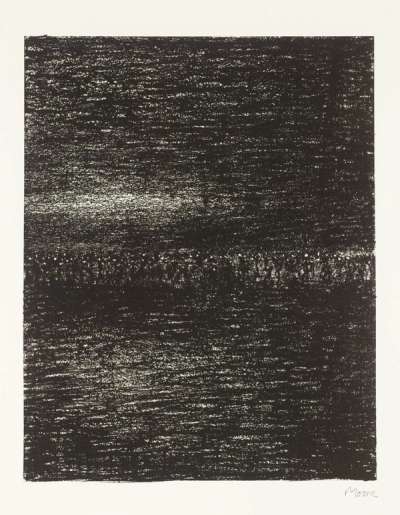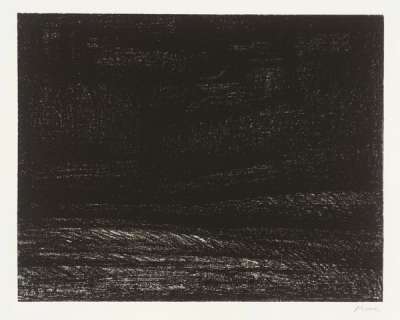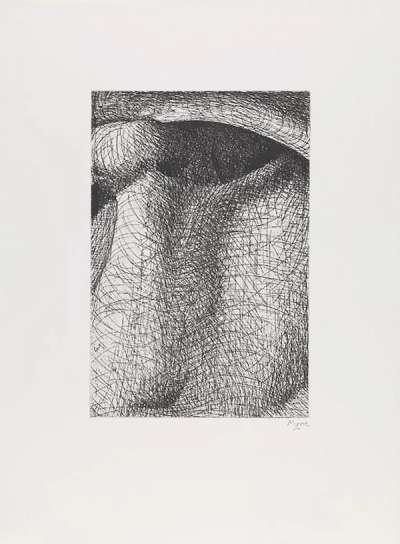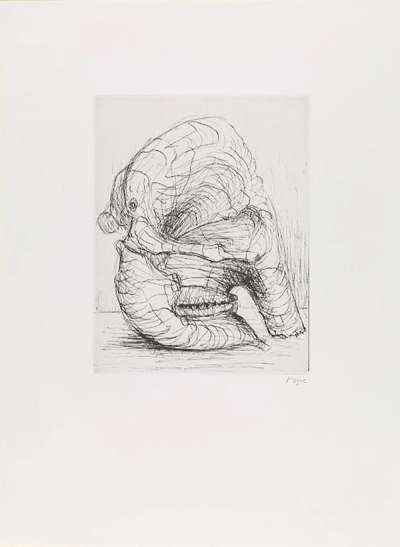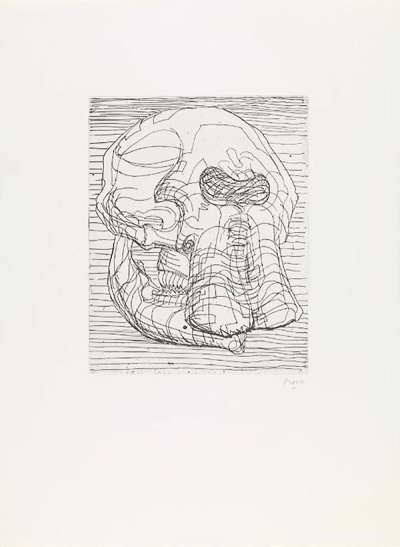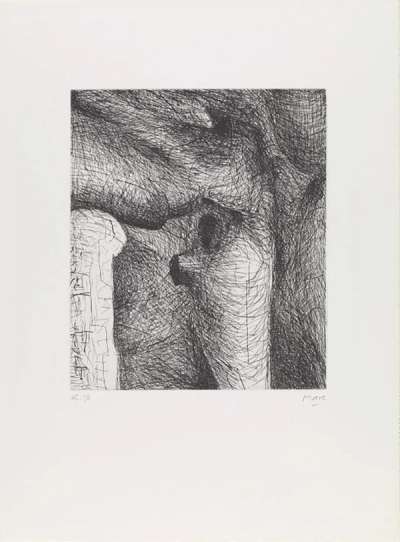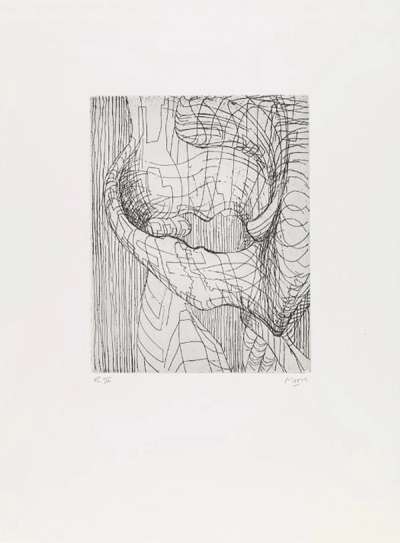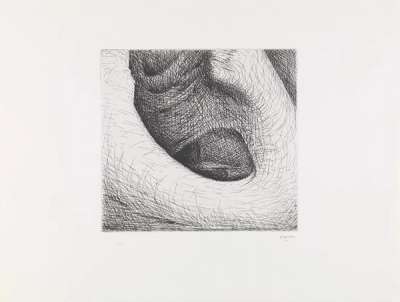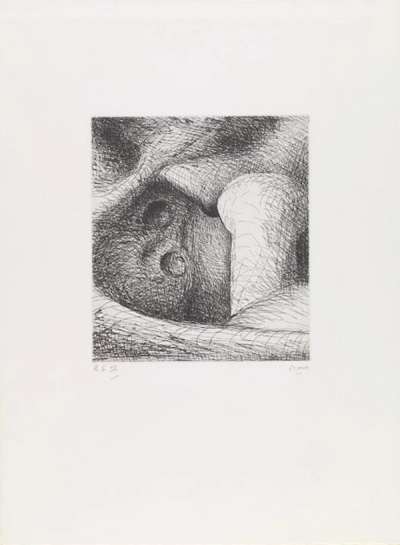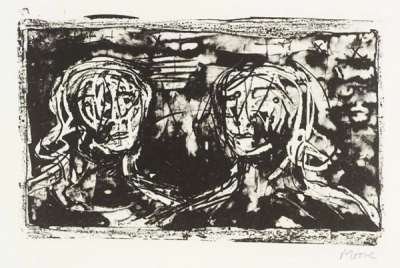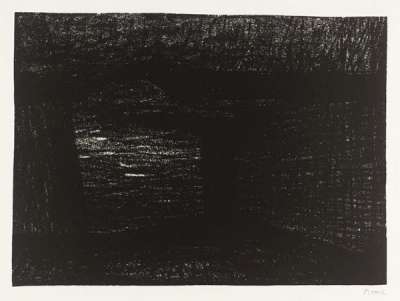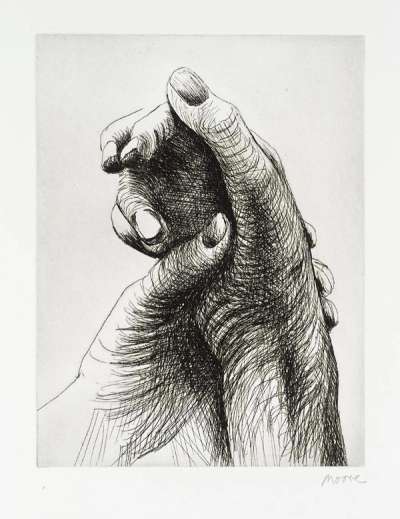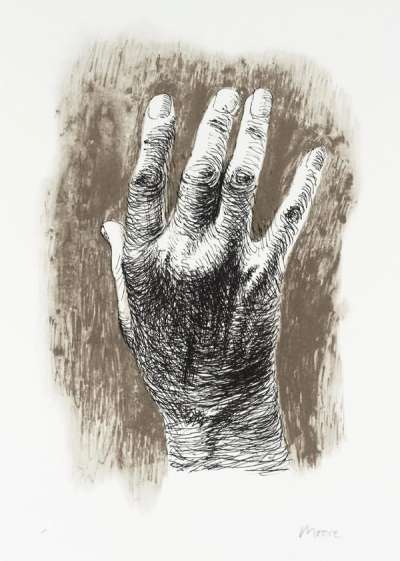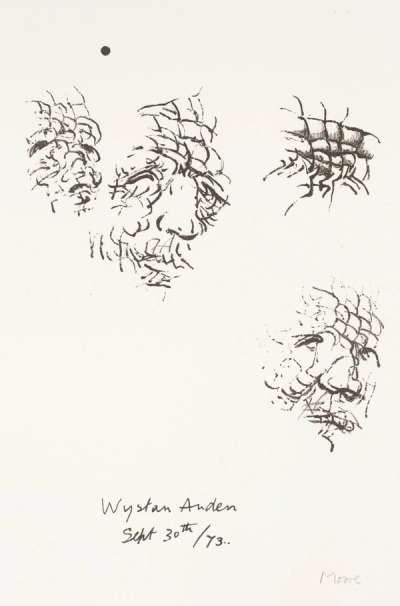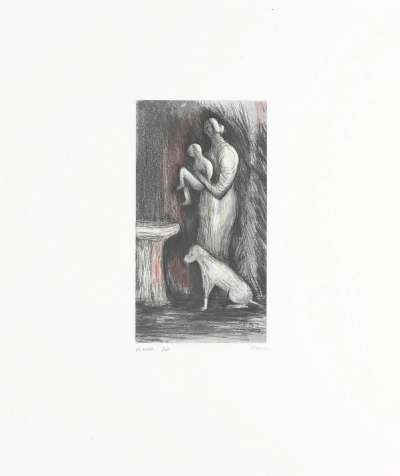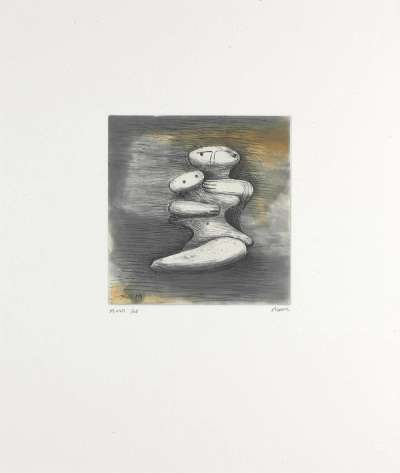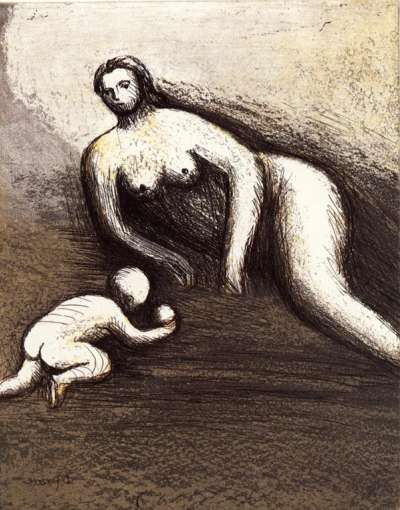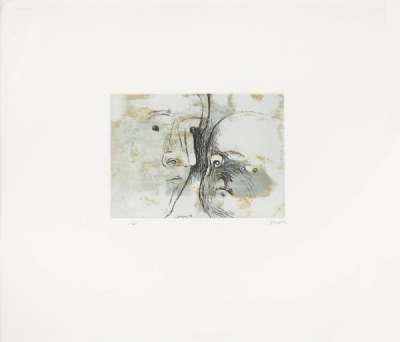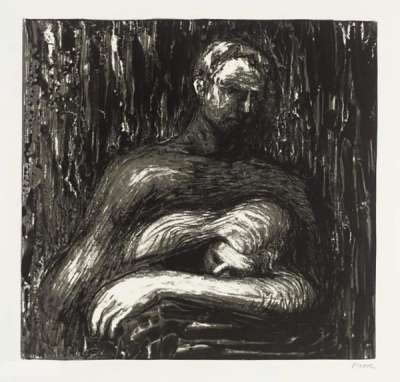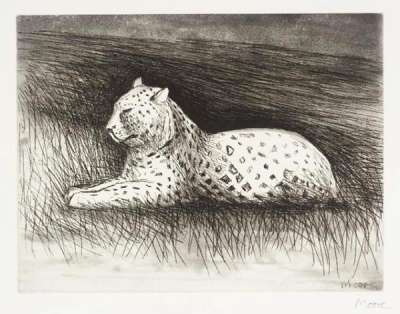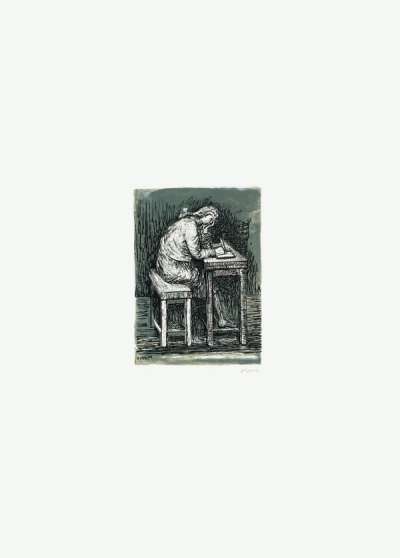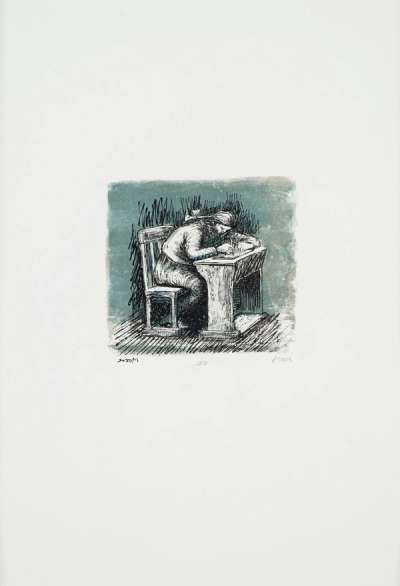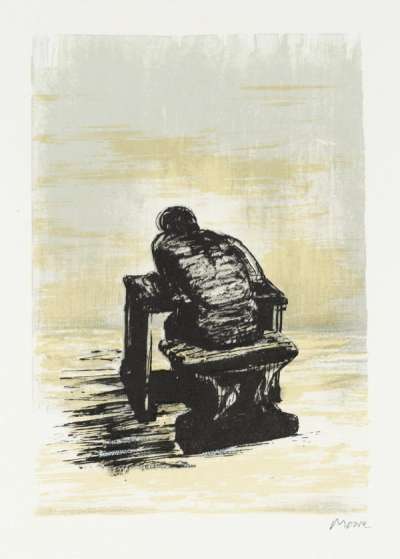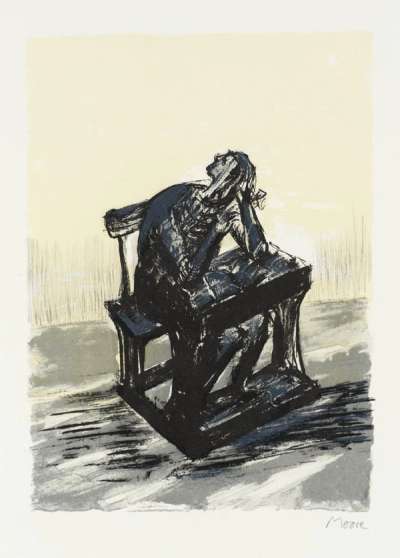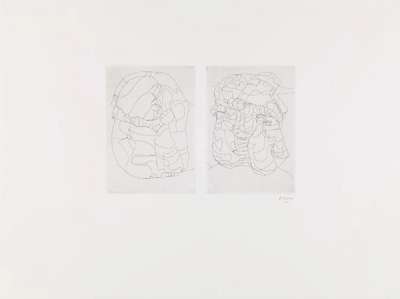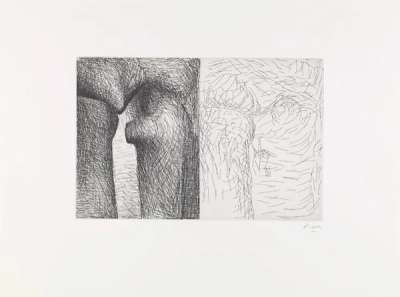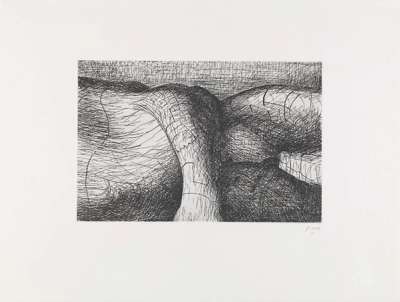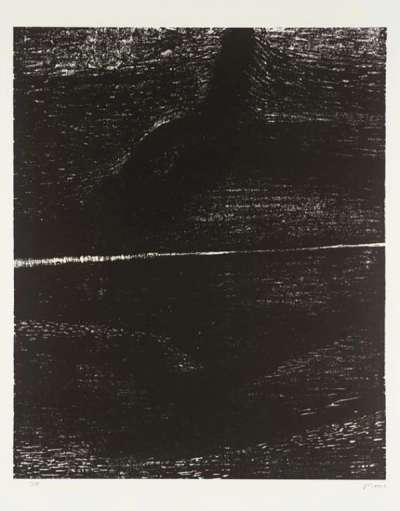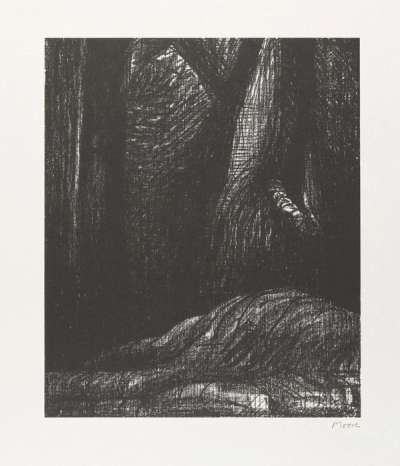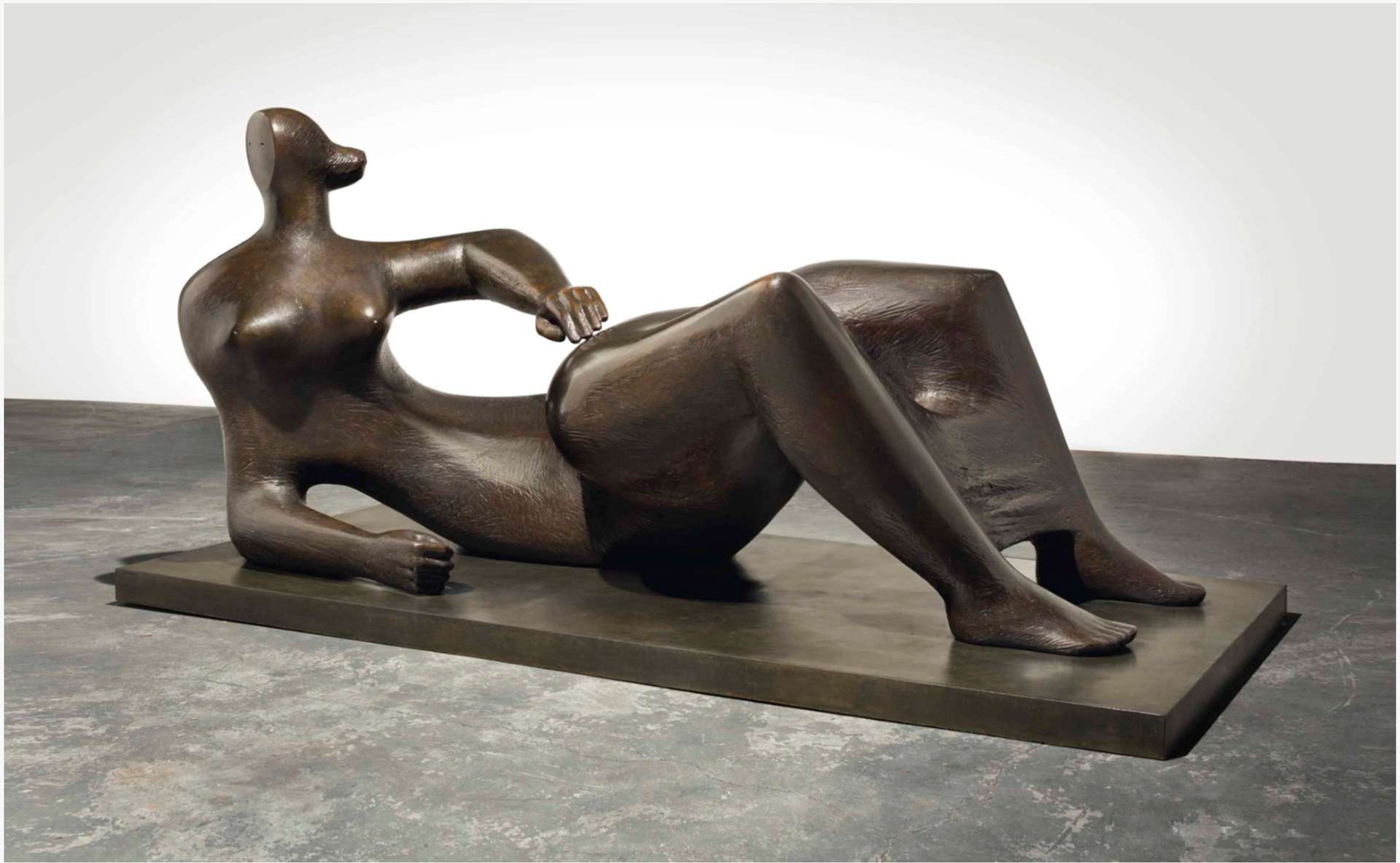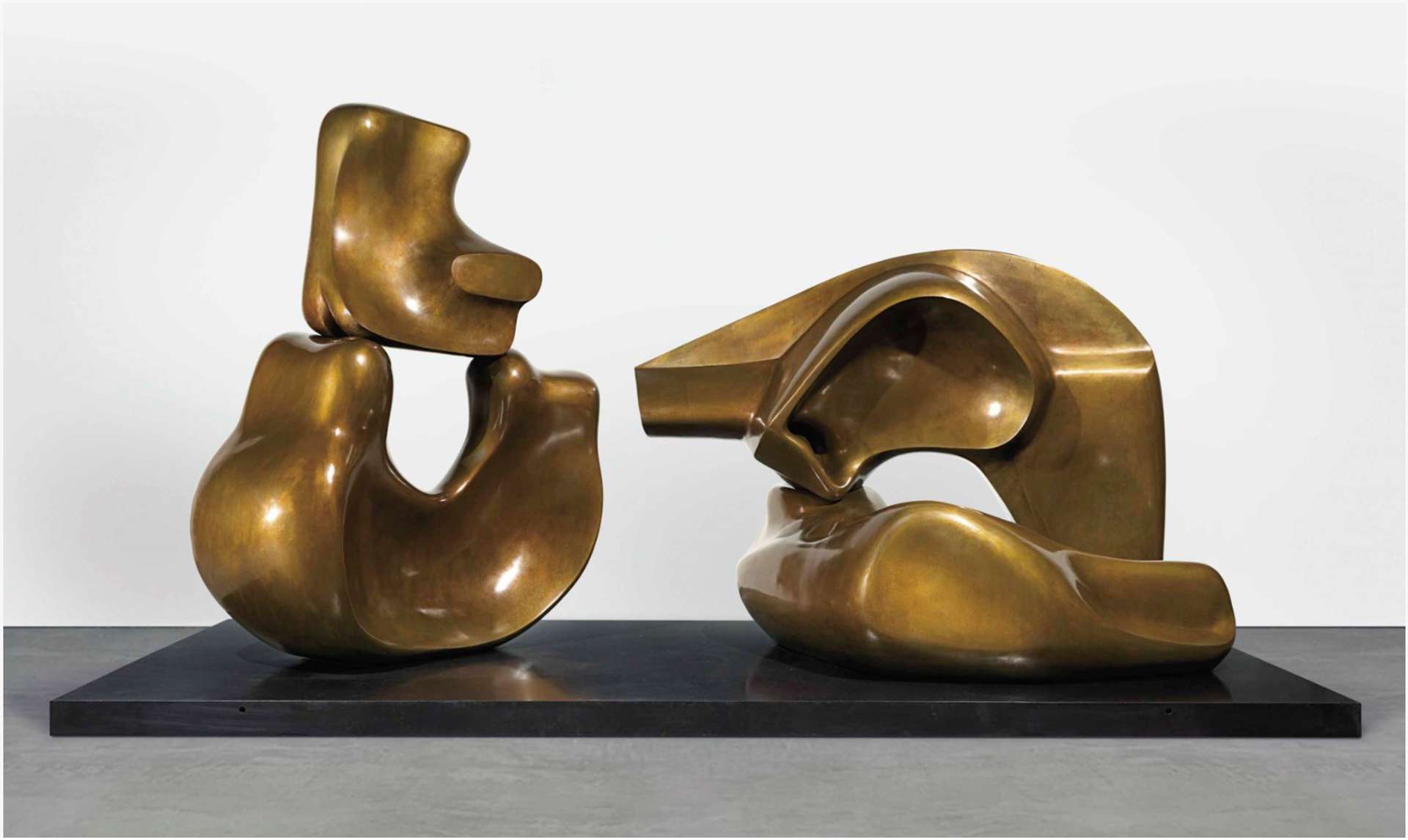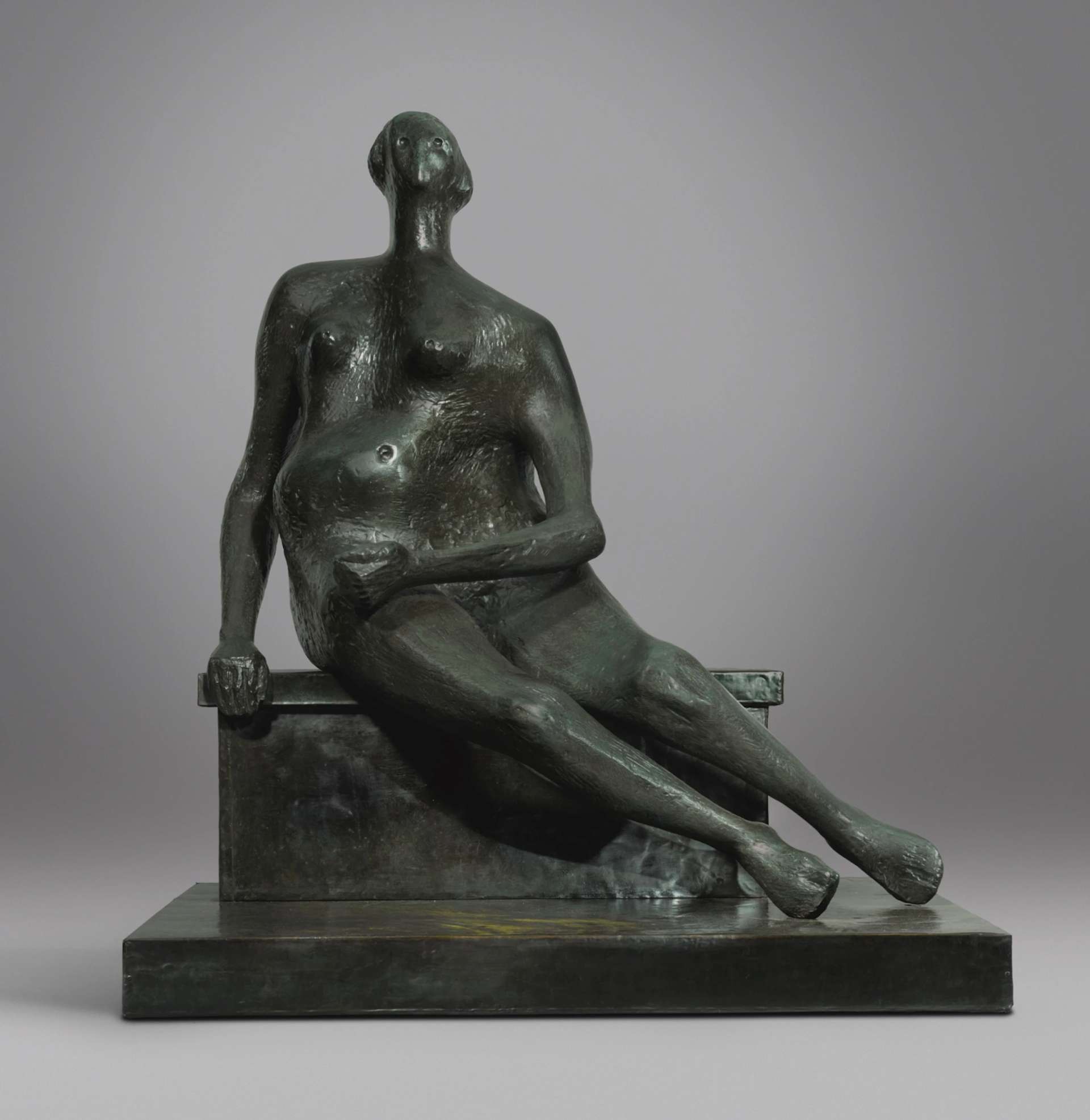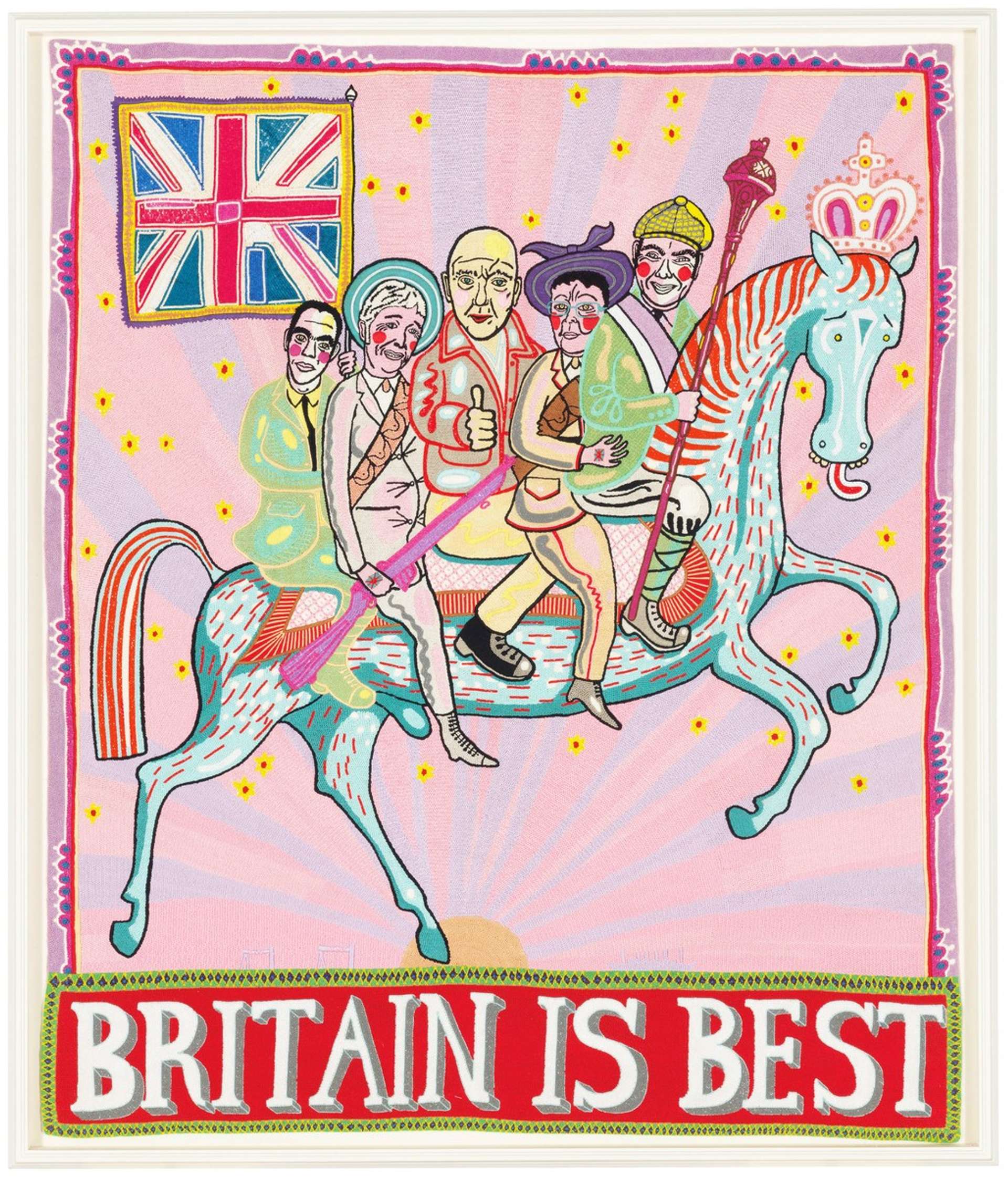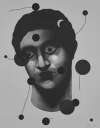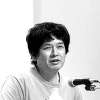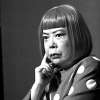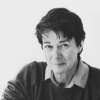Henry
Moore
Henry Moore's prints, echoing the essence of his abstract sculptures inspired by bones and stones, exhibit captivating negative spaces, organic forms and fluid, dynamic lines. If you’re looking for original Henry Moore prints and editions for sale or would like to sell, request a complimentary valuation and browse our network’s most in-demand works.
Henry Moore prints for sale
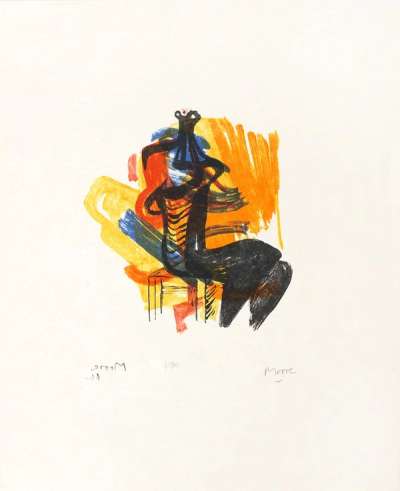
£1,350-£2,050Value Indicator
$2,600-$3,900 Value Indicator
$2,300-$3,500 Value Indicator
¥12,500-¥19,000 Value Indicator
€1,550-€2,400 Value Indicator
$13,500-$20,000 Value Indicator
¥250,000-¥380,000 Value Indicator
$1,700-$2,600 Value Indicator

£1,200-£1,800Value Indicator
$2,300-$3,450 Value Indicator
$2,050-$3,100 Value Indicator
¥11,000-¥16,000 Value Indicator
€1,400-€2,100 Value Indicator
$12,000-$18,000 Value Indicator
¥220,000-¥330,000 Value Indicator
$1,550-$2,300 Value Indicator
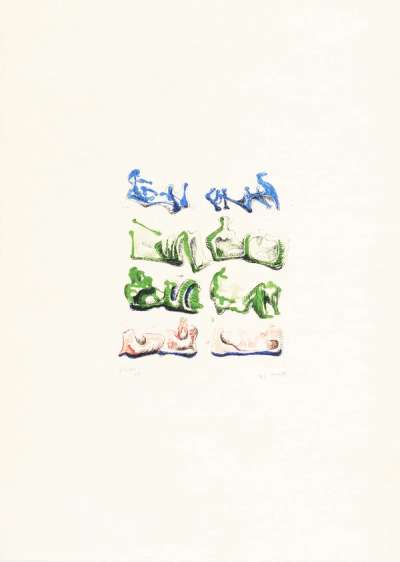
£1,000-£1,450Value Indicator
$1,900-$2,750 Value Indicator
$1,700-$2,500 Value Indicator
¥9,000-¥13,000 Value Indicator
€1,150-€1,700 Value Indicator
$10,000-$14,500 Value Indicator
¥180,000-¥270,000 Value Indicator
$1,300-$1,850 Value Indicator
TradingFloor
Sell Your Art
with Us
with Us
Join Our Network of Collectors. Buy, Sell and Track Demand
Biography
Henry Spencer Moore was an English artist, one of the most significant and innovative sculptors of the 20th century, and a key proponent of the Modernist art movement. Born on July 30, 1898, in Castleford, Yorkshire, Moore is best known for his abstract and semi-abstract monumental bronze sculptures, located around the world, largely as public works of art. His work bridged the gap between traditional figurative sculpture and the emerging abstract movements of European modernism, making him an important and influential figure in the world of modern art.
Henry Moore's Artistic Education: Leeds School of Art and the Royal College of Art
Moore was the seventh of eight children born to Raymond Spencer Moore, a coal miner, and his wife, Mary Baker. Despite his humble beginnings, Moore's artistic talent was evident from an early age. He was encouraged by his art teacher at Castleford Grammar School, and by the age of 16, he was determined to become a sculptor. After serving in the British Army during World War I, Moore won a scholarship to study at the Leeds School of Art in 1919.
In 1921, Moore was awarded a scholarship to attend the prestigious Royal College of Art (RCA) in London. It was during this time that he was exposed to the works of European modernist sculptors such as Pablo Picasso, Constantin Brâncuși, and Alberto Giacometti. He was particularly inspired by the non-Western art he saw at the British Museum, including African and Mexican sculptures, which greatly influenced his art practice. Graduating from the RCA in 1924, Moore then received a travelling scholarship to study in Italy, where he was exposed to the works of the great Italian Renaissance sculptors Michelangelo, Donatello, and Lorenzo Ghiberti.
Returning to London in 1925, Moore began teaching at the RCA and later at the Chelsea School of Art. Throughout the 1930s, he became increasingly well known in the British art world, and his sculptures started to gain international recognition, with exhibitions in Europe and America. Moore's work shifted towards abstraction during this period, with an emphasis on the human figure and the relationship between the body and the landscape.

